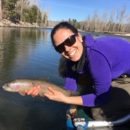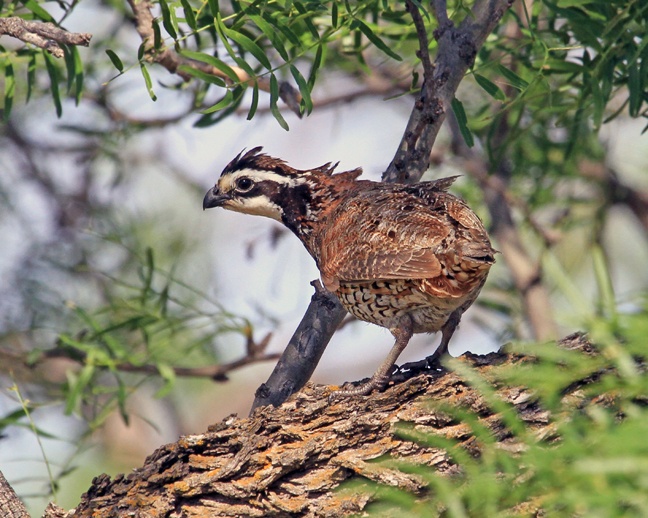We have much more to do and your continued support is needed now more than ever.
New Partnerships Save Sage-Grouse In Montana
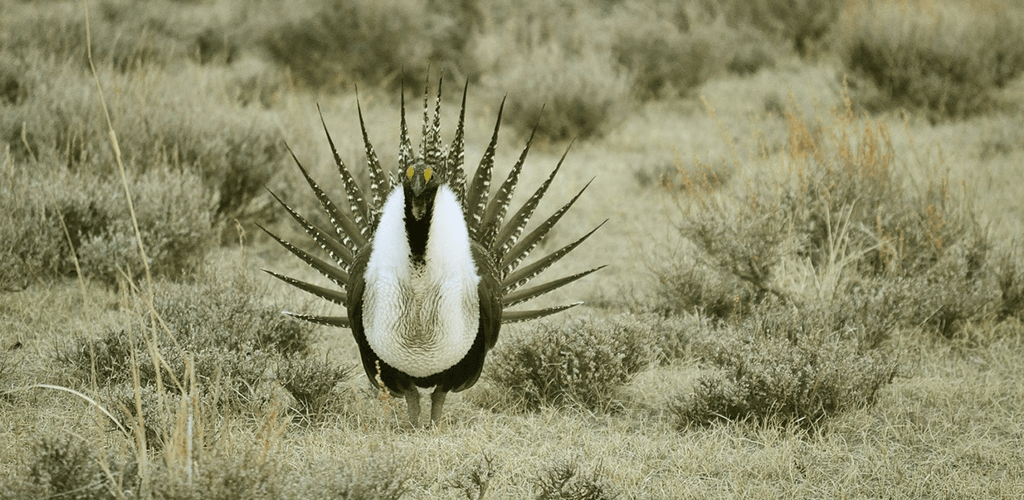
It’s a common assumption that marking fences to increase visibility for upland prairie birds is straightforward and easy. When clipped to the top wire of a fence, the lightweight markers can increase fence visibility for all sagebrush animals. But installing thousands of markers can quickly compound into long days of work and heavy loads in an arid prairie landscape.
Marking fences is not only laborious, it also requires immense coordination between landowners, biologists, and crews. Incorporating a complex network of coordination, cooperation, and communication is the reality of on-the-ground conservation. It’s not always easy or glamorous, but it’s all for a very worthy cause: the greater sage-grouse.
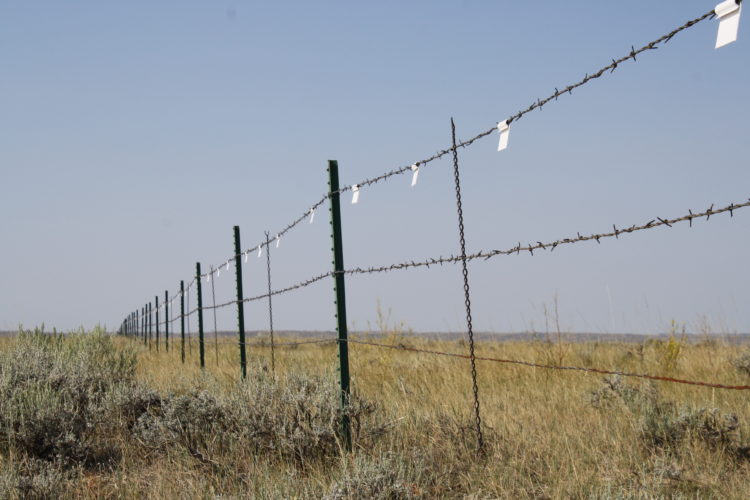
Over the last decade, there has been an unprecedented, multi-state conservation campaign to conserve the iconic greater sage-grouse. Known for its elaborate mating displays, the sage-grouse has experienced drastic population decline over the last century due mostly to habitat loss and fragmentation.
In Montana and throughout the West, intense efforts are underway to develop and implement conservation strategies essential to achieve sage-grouse recovery outside of an Endangered Species Act listing. One of the strategies identified to provide immediate benefit to the species is fence-marking. Because of the immense effort put forth by conservation partners, the U.S. Fish and Wildlife Service recently announced that the greater sage-grouse was not warranted for protection under the Endangered Species Act (ESA).
Leading the Way
To aid the west-wide conservation effort, the National Wildlife Federation is spearheading a large scale fence-marking project across Montana. Targeting habitat areas with the highest population densities, typically near leks (breeding grounds), can reduce fatal strikes by over 80%. This equates to saving one bird per year for every fence mile marked.
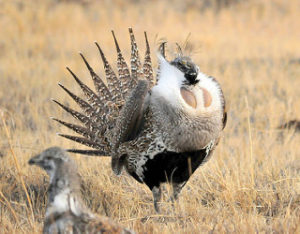
Following a successful pilot project last year, the National Wildlife Federation is excited for the opportunity to partner with new groups and landowners for the upcoming 2016 field season. By leveraging crews and supplies, NWF will assist marking efforts in four Montana counties, including private, state, federal, and tribal lands.
New for the 2016 work season is a partnership with the Trapper Creek Job Corps. The corps program, based in Darby, Montana, provides no-cost education and career training opportunities to people ages 16-24. Participants can select from a range of career technical training and education opportunities depending on general field of interest. With the participation of the job corps crews, the National Wildlife Federation will expose participants to potential field science careers and the conservation challenges of the sage brush steppe.

This year, the National Wildlife Federation is also partnering with the Assiniboine and Gros Ventre Tribes of the Fort Belknap Indian Community. The Fort Belknap Reservation is home to 14 identified sage-grouse leks, many of which are located close to existing fence. The wildlife department will be hiring several seasonal interns, and will be installing markers provided by the National Wildlife Federation on all high-risk fence this summer.
Creating and maintaining working relationships with a wide range of partners is the most effective and long-lasting way to complete this work. We are continually impressed by the people and passion that are involved in these types of projects, and are excited to be getting back into the field for another work season.
Make sure to check back in for updates on our progress from the 2016 work season, which will run through October 2016.
Help NowHelp NWF continue leading programs and partnerships to save sage-grouse

